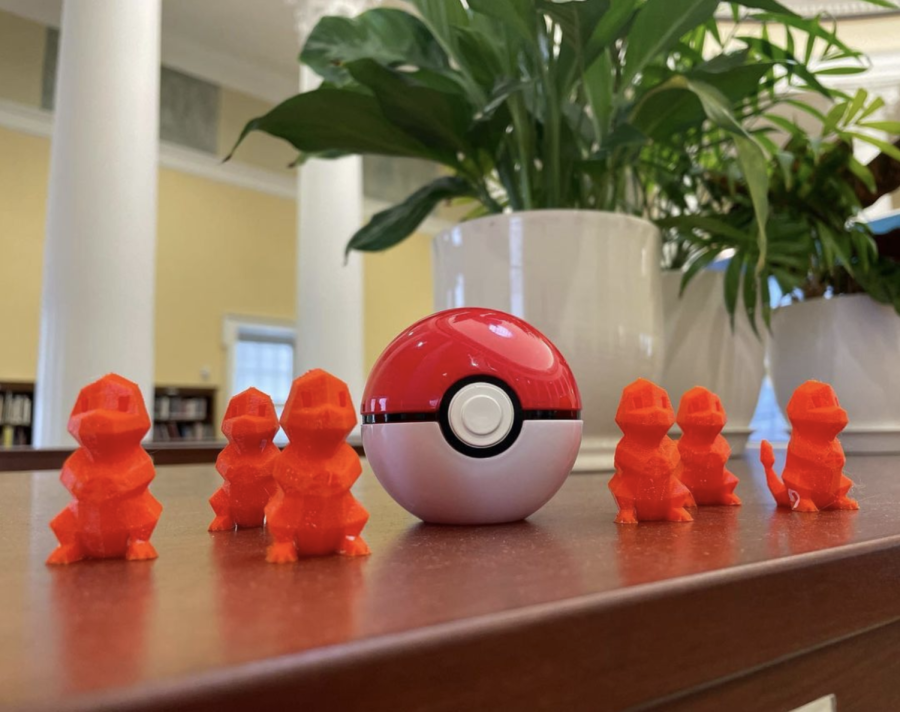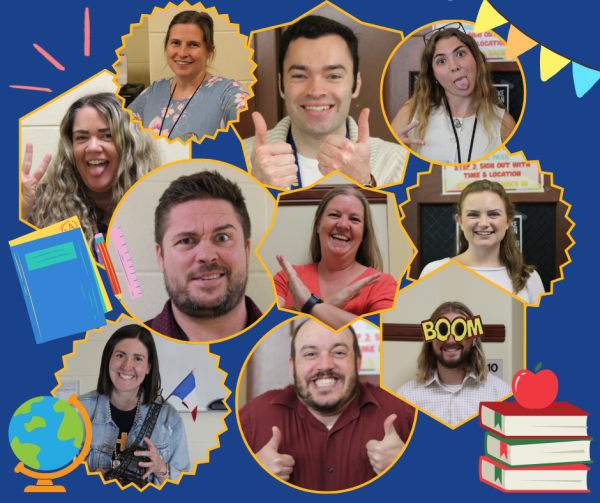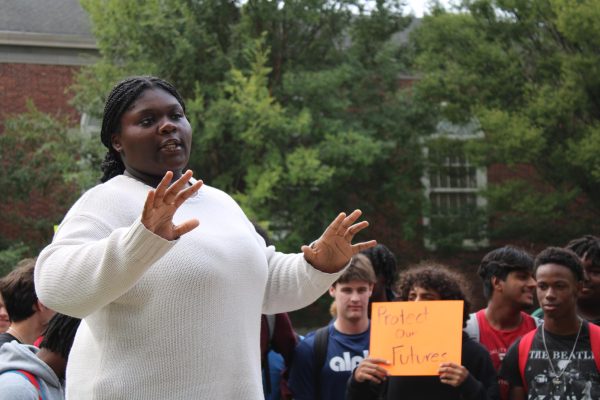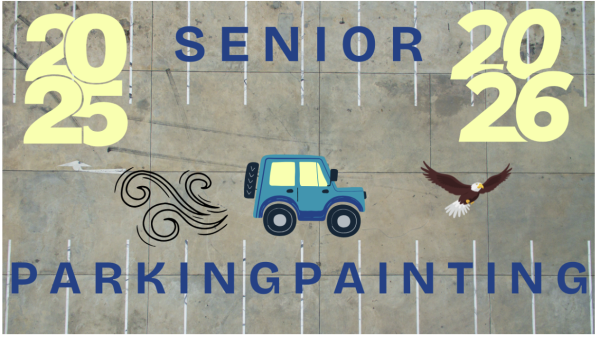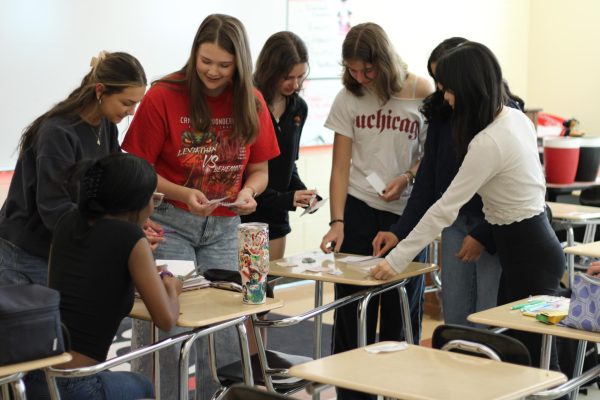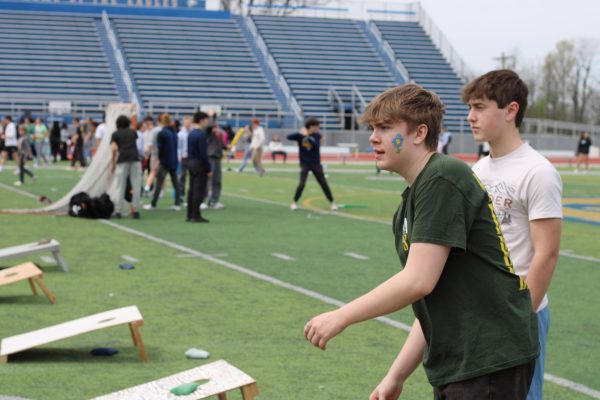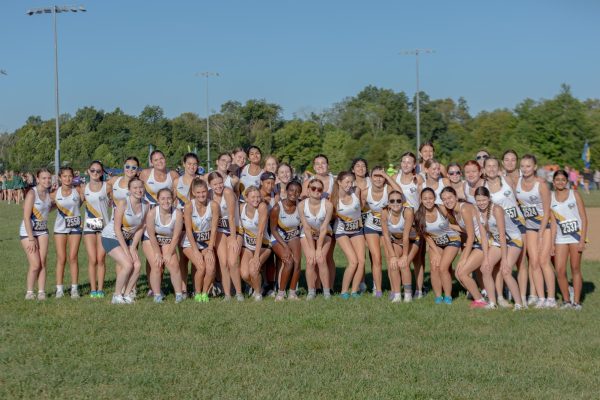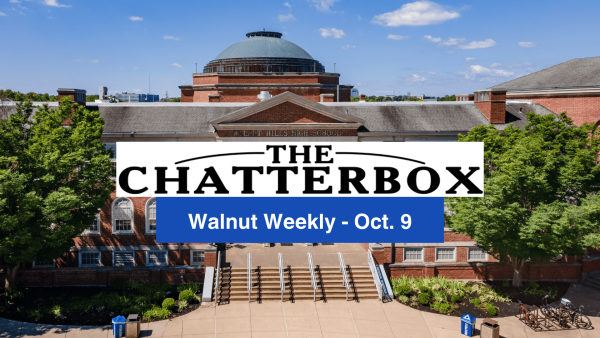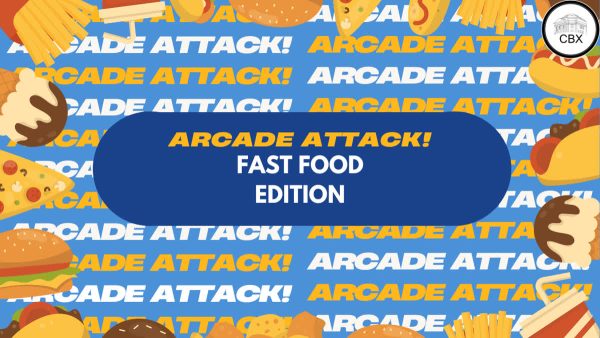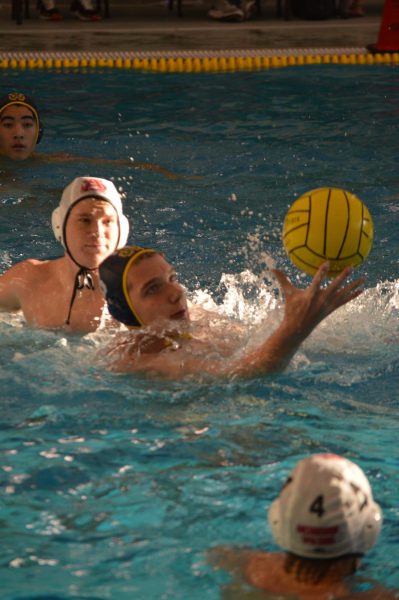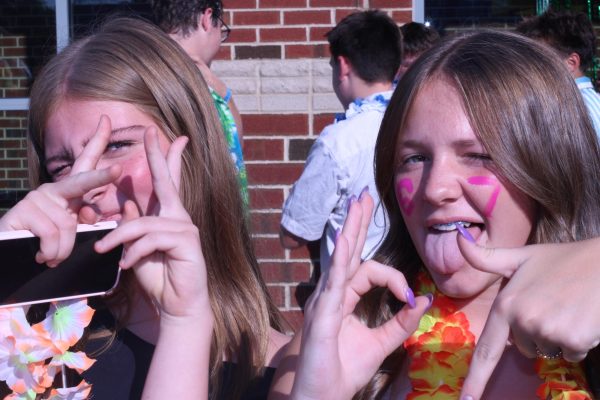Printing more than paper
As the WHHS library transitions towards a 21st-century media center environment, its latest addition displays a strong point of progress. The Dremel DigiLab 3D45 printer (a 3D printer), currently housed on the library’s front desk, serves as a gateway to creation. Whether it’s a bookmark, a phone stand or a shelf to organize an overflowing locker, the printer can make it.
The printer uses plastic filament, which is the main component in creating 3D objects, in interchangeable colors, and features a 10 by 6 inch build plate. The library has not yet opened the printer for full-time use but hopes to do so in the near future.
“We are hoping to make it open to everybody. We have an Amazon wishlist for filament, so we’re hoping we can keep it free by providing filament because that’s the biggest cost associated with 3D printing,” librarian Melody Riggs said.
Students and staff will be able to create a multitude of different products using the printer to enhance learning. Models of historical buildings, topographical maps and mathematical tools are only a few of the possibilities available to create.
“In an English class, students could design an award for a character or design a diorama… you can make lots of manipulatives for students who are more kinesthetic [learners],” Riggs said. “If you are trying to understand parabolas, we can print out a little parabola tool that shows you [its shape].”
The library also plans to allow students to create non-academic products and to have the opportunity to simply explore and experiment with this form of contemporary technology.
“It’s a novelty, and it’s fun. We would love students to use it for academic purposes, but I also understand just the joy of being able [to make something],” Riggs said.
To upload printing jobs, students and staff will need to first design their products through a 3D modeling platform, such as Tinkercad, and then export their items to the Polar Cloud to be approved by the library staff.
Print time will vary largely based on each job’s design, but the library is working to develop a process to streamline the time for each print.
“I try to save bigger jobs for overnight. It works better [to have] smaller jobs during the day when I’m here to be able to change out filament colors based on people’s requests,” Riggs said.
While the library does not have a set direction for their exploration of the printer, Riggs hopes for students to simply have a new outlet to express themselves.
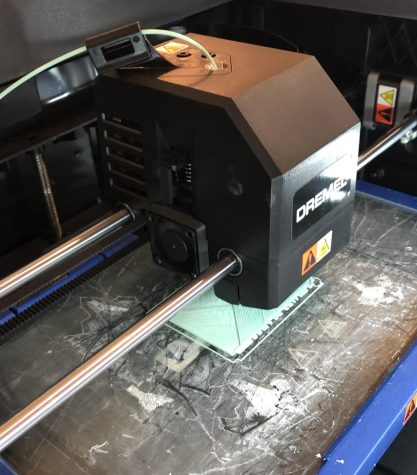
“[I’m excited] to see them put the design process in action and have another way to show their creativity, their knowledge and their skills,” Riggs said. “I think sometimes when you get something new, it’s a way for some students to shine who have a talent in that area but have never really gotten to show [it] before.”
The library has already started to gain more student engagement with the printer through social media and the 3D-printed Pokemon giveaway contest held on Oct. 29. The library also hopes to run a brief ‘come and learn’ after school workshop, for students who are new to 3D printing.
“I’m hoping that students see that there is more they can do with their projects; they can do more with what they’re learning in class. They can make it tangible… rather than just being in the abstract or flat in the 2D world of a book,” Riggs said.
If you’re interested in learning more, visit the library to get started, and you might find yourself printing something more than paper.
Your donation will support the student journalists of Walnut Hills High School. Your contribution will allow us to purchase equipment, cover our annual website hosting, printing costs and offset competition and conferences fees for students.



